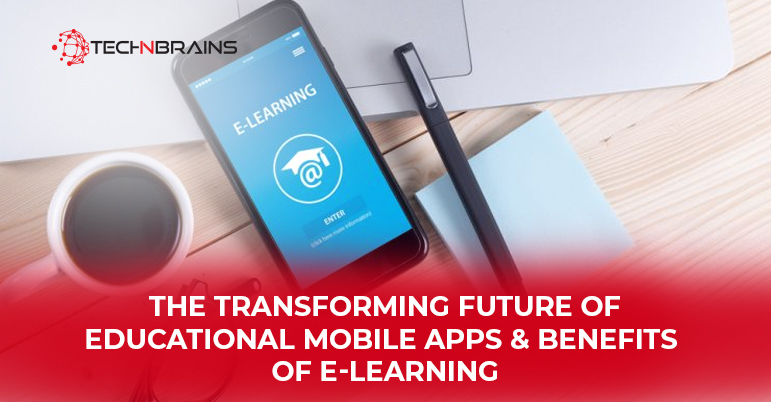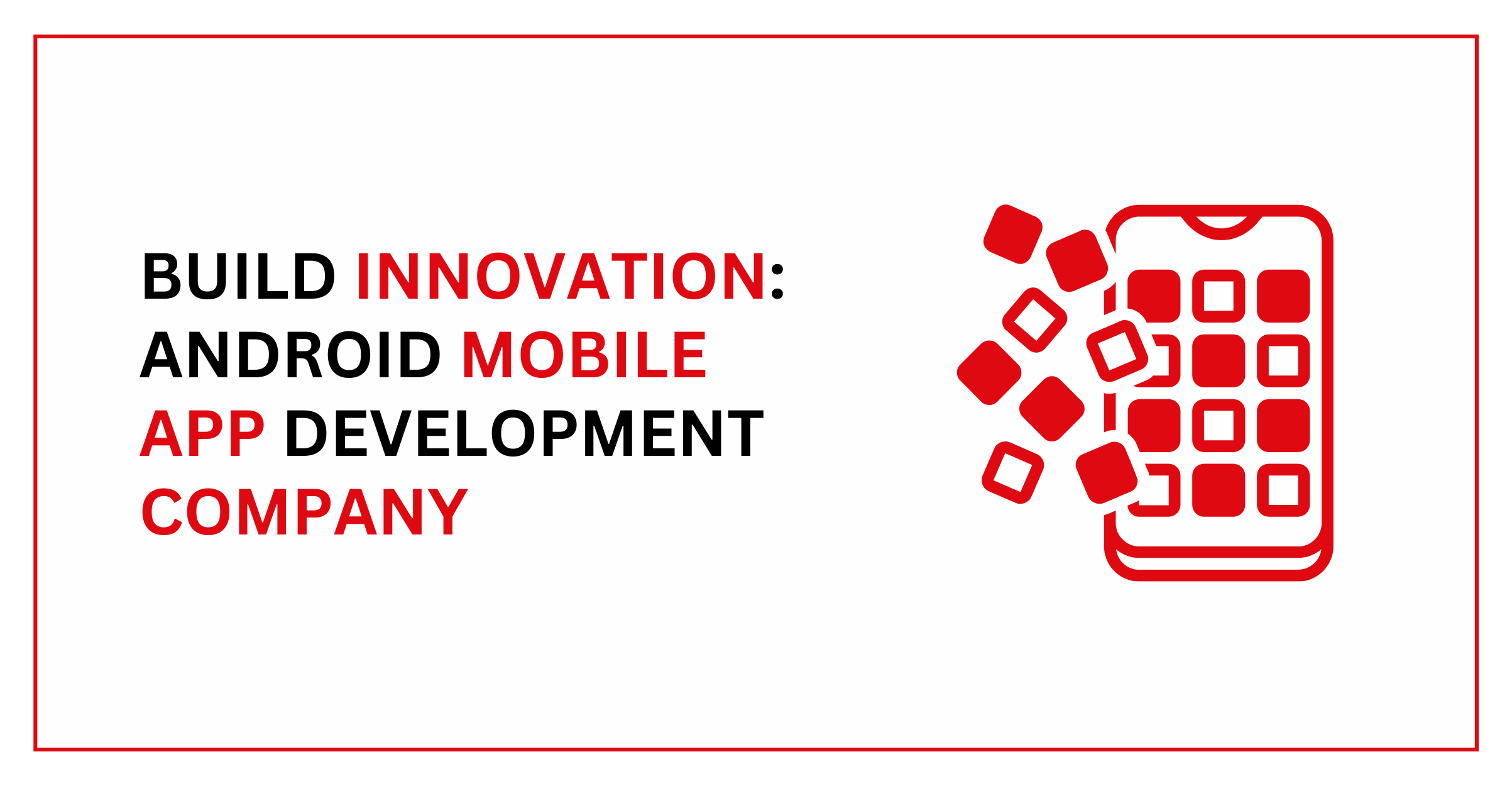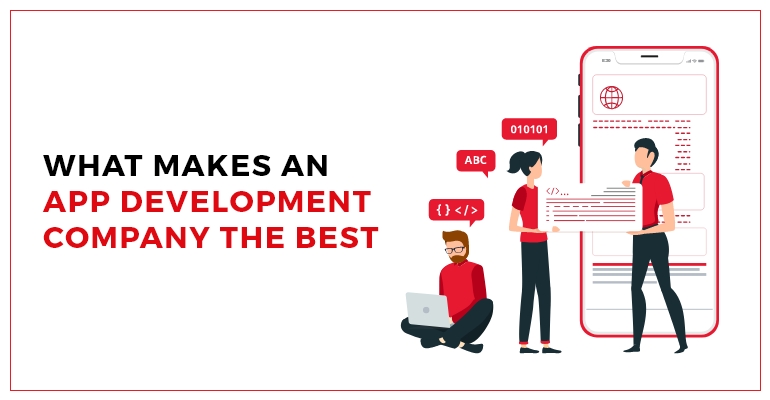We as humans have a few primary requirements, and one of them is education. The conventional education model has been mostly the same for the past couple of centuries and has not been through considerable changes apart from few practices.
However, the past decade has been revolutionary in this regard. A number of platforms have emerged in the last ten years, committed to providing quality education to all through digital means. Many educational platforms have become famous in the last couple of years, including Coursera, edX, Udemy, Byju’s, Khan Academy, Lynda, and Udacity.
Conventional education continued through platforms like Zoom, but efficiency was a challenge.
Apart from Zoom, free courses are available on platforms like YouTube and Dailymotion, covering a wide range of subjects and topics.
According to a statistic, more than 81% of U.S. students find digital learning helpful to better their grades, and 84% thought they could better their education through digital education. Moreover, 82% of the students in the U.S. believed that e-learning is much better because they can learn while being anywhere.
E-LEARNING & EDUCATIONAL MOBILE APPS
E-Learning has been around even before mobile applications came into widespread use. However, after 2014, educational smartphone applications have dramatically changed the industry’s dynamics.
There are a number of mobile applications, both public and private, available that offer quality education. These apps cater to either everyone or a specific audience.
With reference to a report published on Statista.com, educational smartphone app downloads amounted to more than 466 billion for Google Play Store and 470 billion for the Apple App Store in the first quarter of 2020. Combined, the figures go around 936 billion mobile educational apps in the first quarter of the year.
1) LEARN FROM ANYWHERE & ANYTIME
Probably the most significant advantage of e-learning and educational smartphone apps is that you can study from anywhere and anytime. Enroll in a course and continue at your own pace. These platforms offer most online courses in a self-paced format, allowing you to avoid rushing.
Also, you can learn the most through self-paced learning because you have the convenience to learn and grasp at the pace that suits you.
2) PAY LESS, LEARN MORE
Online education, apart from being convenient, is also light on your pocket and for obvious reasons. There is no need to attend and spend on physical education when you are getting superior quality through digital platforms.
The rent for considerable physical space and other large expenditures add to the cost reductions, resulting in lower prices and better affordability.
3) MORE ACCESSIBLE, MORE APPROACHABLE
Earlier, studying was a luxury to some because of their inability to access or approach institutions for various reasons. With educational smartphone apps, this is not a problem and accessibility has increased, and everyone can now study whatever they want, and the development is made possible because any top-rated mobile application development company can develop such an app.
4) STUDY FROM THE BEST
Studying from smartphone applications offers several benefits. One such advantage is the ability to learn from the best teachers worldwide. No matter your area of interest, whether it’s marketing, coding, or engineering, you can access lectures from industry gurus. Learn from top programmers and experienced engineers in their respective fields. With smartphone apps, the world of education is at your fingertips.
Though it is possible that the course you want is not available and for that, many platforms offer special on-demand service, which can pretty much solve your problem.
5) PERSONALIZED CONTENT
One more advantage we get from online platforms is a personalized environment. It is tailored according to our academic background and experience. This makes navigation and usage of the platform effortless for users. We can easily select courses and paths that suit us best.
The use of the latest technologies such as artificial intelligence (AI) and machine learning (ML) have made it easier to design and develop intelligent platforms.
6) PARALLEL EVALUATION
In online education, there is an additional advantage: the evaluation is not done at the end. You don’t have to wait for days or weeks to get the result. Instead, all the test, quiz, or exam results can be created programmatically instantly. These results are generally shown to the user or student right away.
Parallel evaluation proves useful in many cases. It allows you to instantly decide whether you should continue with the course or path, or if it’s not suitable for you.
7) TEACHER & CONTENT ASSESSMENT
When displaying content digitally, one can thoroughly inspect and adjust it for improvements. In many ways, digital content consumption surpasses conventional methods as it allows for evaluation and review, which is typically not possible in physical, in-person teaching classes.
ENDNOTE
The world is progressing at a fast past, and the need for convenient and quality teaching methods is higher than ever. Educational mobile apps have been revolutionary and proved to be extremely helpful in various ways. Thousands and millions of students around the globe have benefitted from the technology and are continuing to do so.
Although technology is still maturing with time, it has already added value to the lives of many. Mobile apps are the most used devices in the world, and educational mobile applications have become nothing less than a blessing, providing quality education to everyone.
The accessibility, cost-effectiveness, variety of subjects of this educational model, and many other advantages have genuinely transformed the education industry, and mobile apps have an important role in it.





